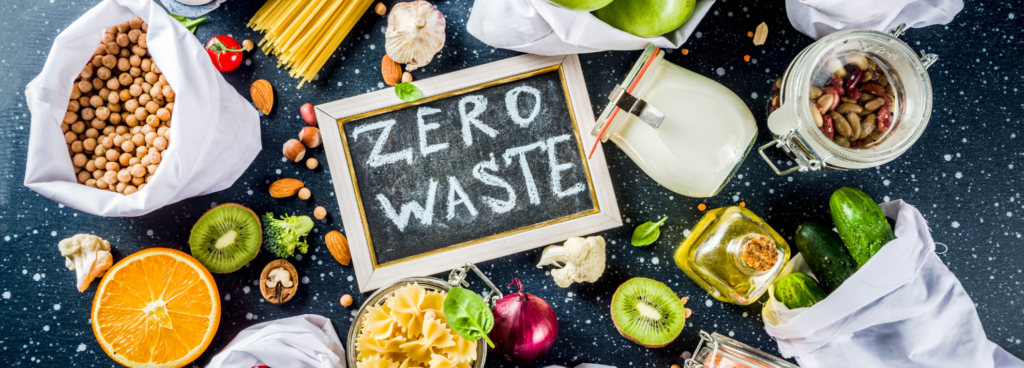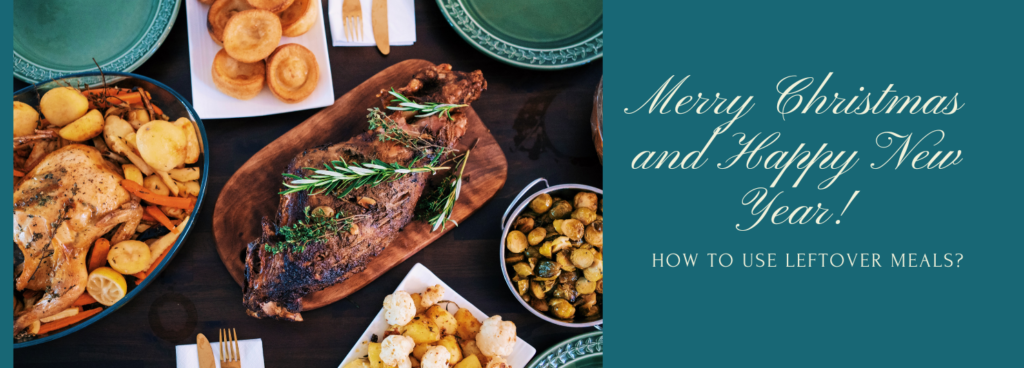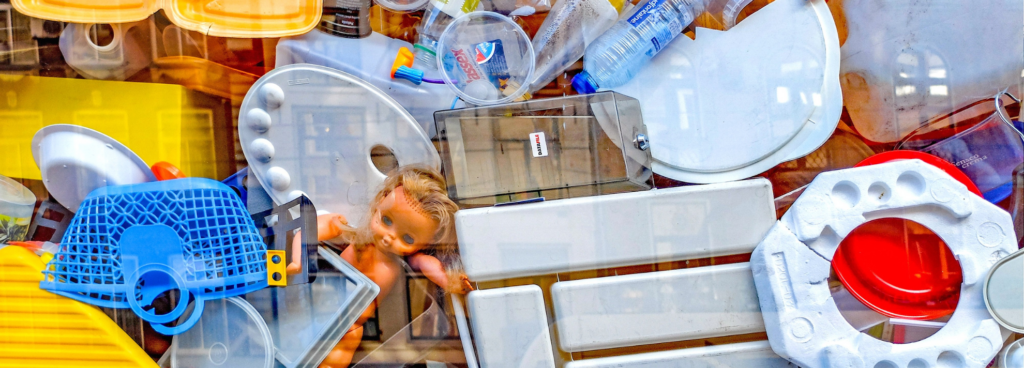Cooking Up Sustainability: 7 Tips and Tricks for Upcycling in the Kitchen

In a world increasingly conscious of environmental issues, sustainability has become more than just a buzzword—it’s a way of life. And one of the most accessible places to start your sustainability journey is right in your kitchen. By upcycling in the kitchen, you can reduce waste, save money, and contribute to a healthier planet. Here are seven tips and tricks to get you started on your path to a more sustainable kitchen.
1. Embrace the Scraps
One person’s kitchen scraps are another’s treasure. Before you toss vegetable peels, fruit cores, and leftover herbs into the trash, consider their potential. These bits and pieces can be used to make flavorful homemade broths or stocks. Simply collect them in a freezer bag until you have enough for a batch, then simmer with water, seasonings, and aromatic herbs. The result is a versatile base for soups, sauces, and risottos.
2. Get Creative with Stale Bread
Stale bread is a common kitchen conundrum, but it’s also a versatile ingredient. Transform those leftover bread slices into delicious homemade croutons or breadcrumbs. Toss them with olive oil, herbs, and spices, and bake until crispy for croutons, or pulse them in a food processor for breadcrumbs. They’re perfect for adding crunch to salads, soups, and pasta dishes. Also – great paneer for cutlet “Kijiv”.
3. Preserve Fruits and Veggies
When your fruits and vegetables are about to go bad, don’t despair—preserve them! You can make jams, jellies, chutneys, and pickles using overripe or excess produce. These homemade preserves not only extend the shelf life of your ingredients but also add delightful flavors to your meals.
4. Revive Leftover Rice
Leftover rice often languishes in the fridge, but you can easily revive it by stir-frying it with some vegetables, protein, and your favorite sauce. Fried rice is a quick and delicious way to reduce food waste while creating a tasty meal. Plus, it’s highly customizable, so you can use whatever odds and ends you have on hand.
5. Freeze for Later
If you find yourself with more food than you can consume, don’t hesitate to freeze it for later. Many foods can be frozen to extend their life, from extra portions of soup to fresh herbs in ice cube trays filled with water. Properly freezing leftovers and ingredients can save you time and money in the long run.
6. Compost Your Kitchen Scraps
Not everything can be upcycled into a meal, but that doesn’t mean it should go in the trash. Start a compost bin in your kitchen for food scraps like coffee grounds, eggshells, and vegetable peels. Composting is a sustainable way to reduce waste and create nutrient-rich soil for your garden.
7. Reusable Containers and Beeswax Wraps
Reduce your reliance on single-use plastic wrap and disposable containers by investing in reusable options. Beeswax wraps are an eco-friendly alternative for covering food, and glass or stainless steel containers are perfect for storing leftovers. These swaps not only cut down on waste but also save you money in the long term.
Incorporating these seven tips and tricks into your kitchen routine can help you live a more sustainable and eco-friendly lifestyle. Not only will you reduce food waste, but you’ll also enjoy creative and delicious meals that make the most of every ingredient. By upcycling in the kitchen, you can savor the flavors of sustainability while contributing to a greener future.





Responses